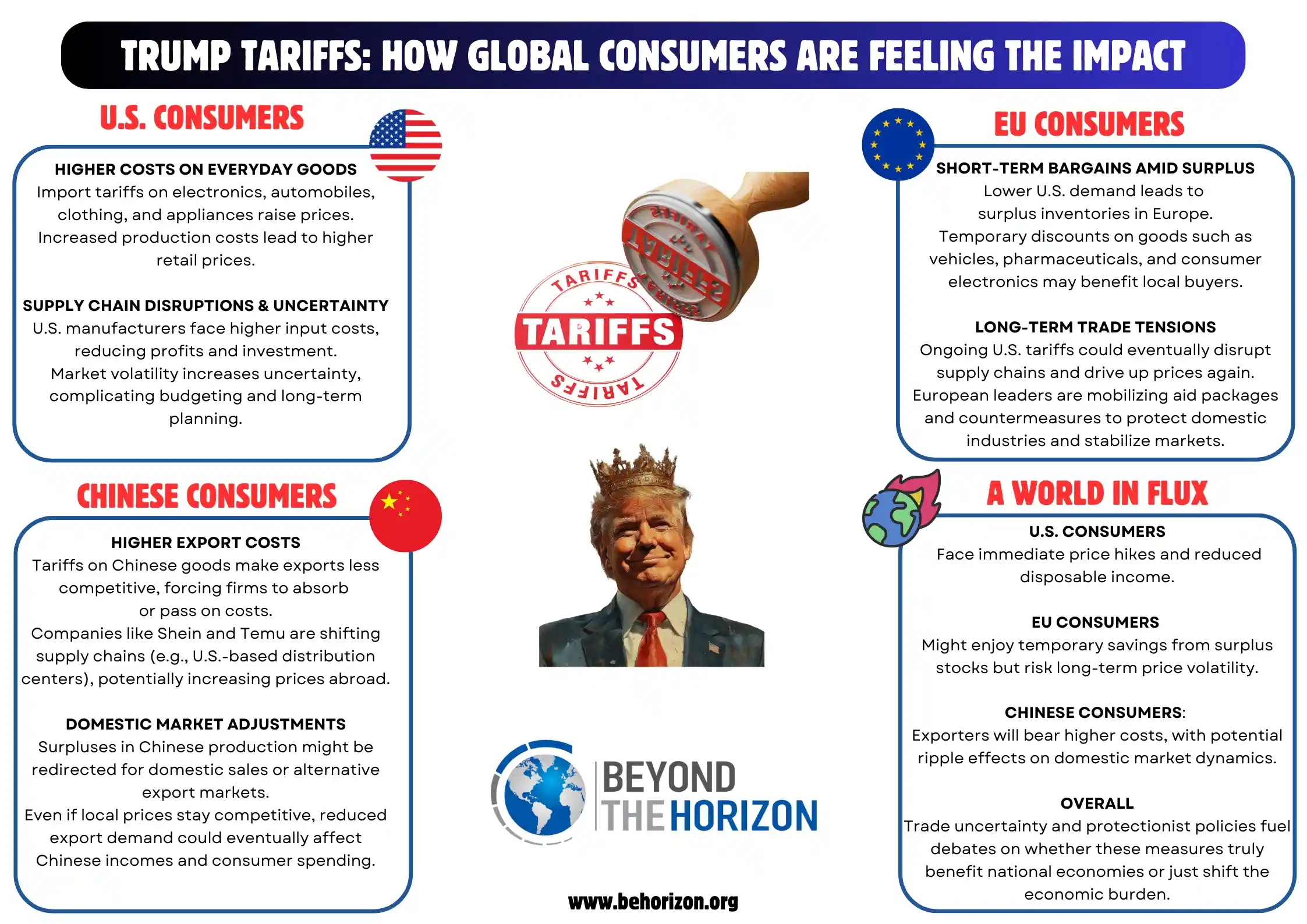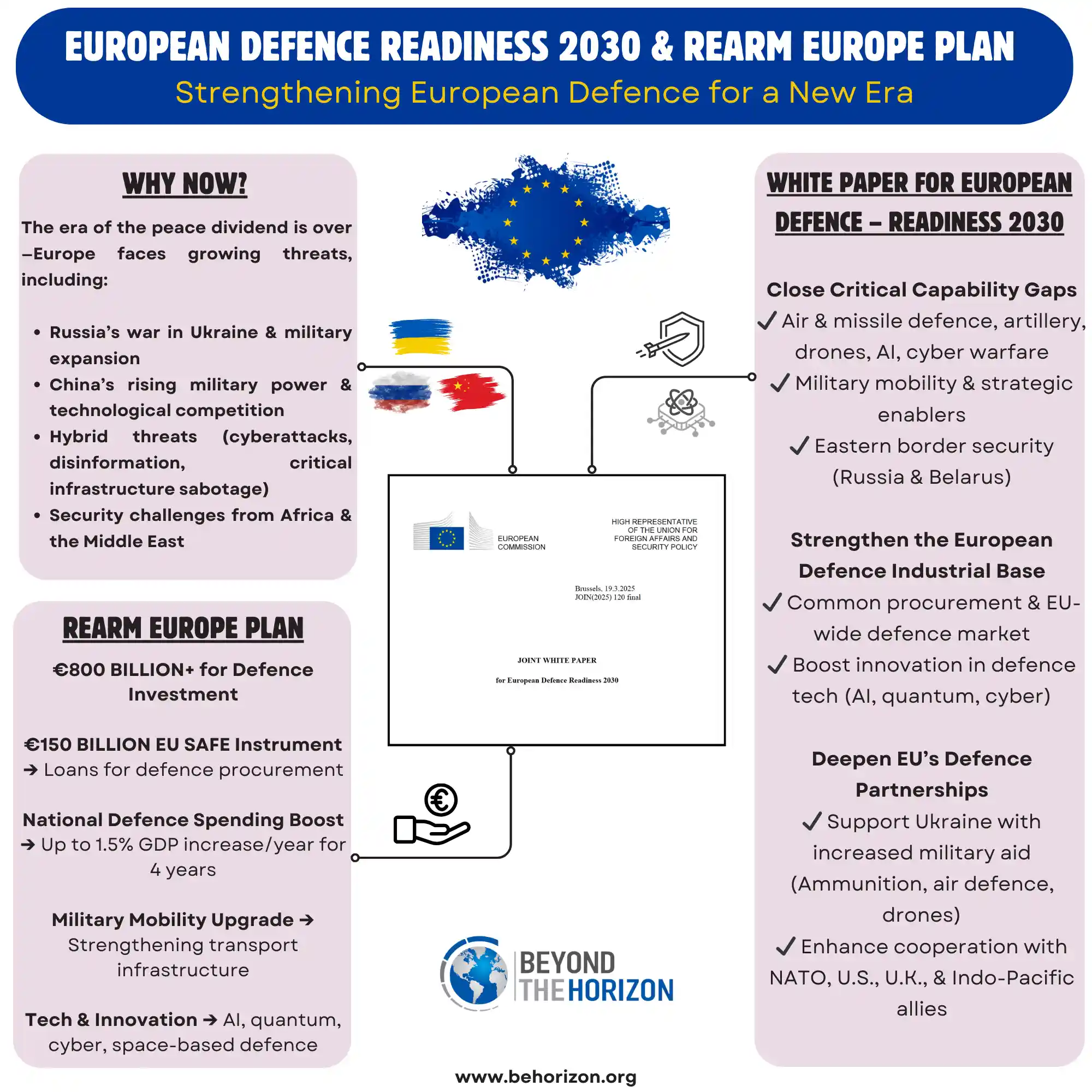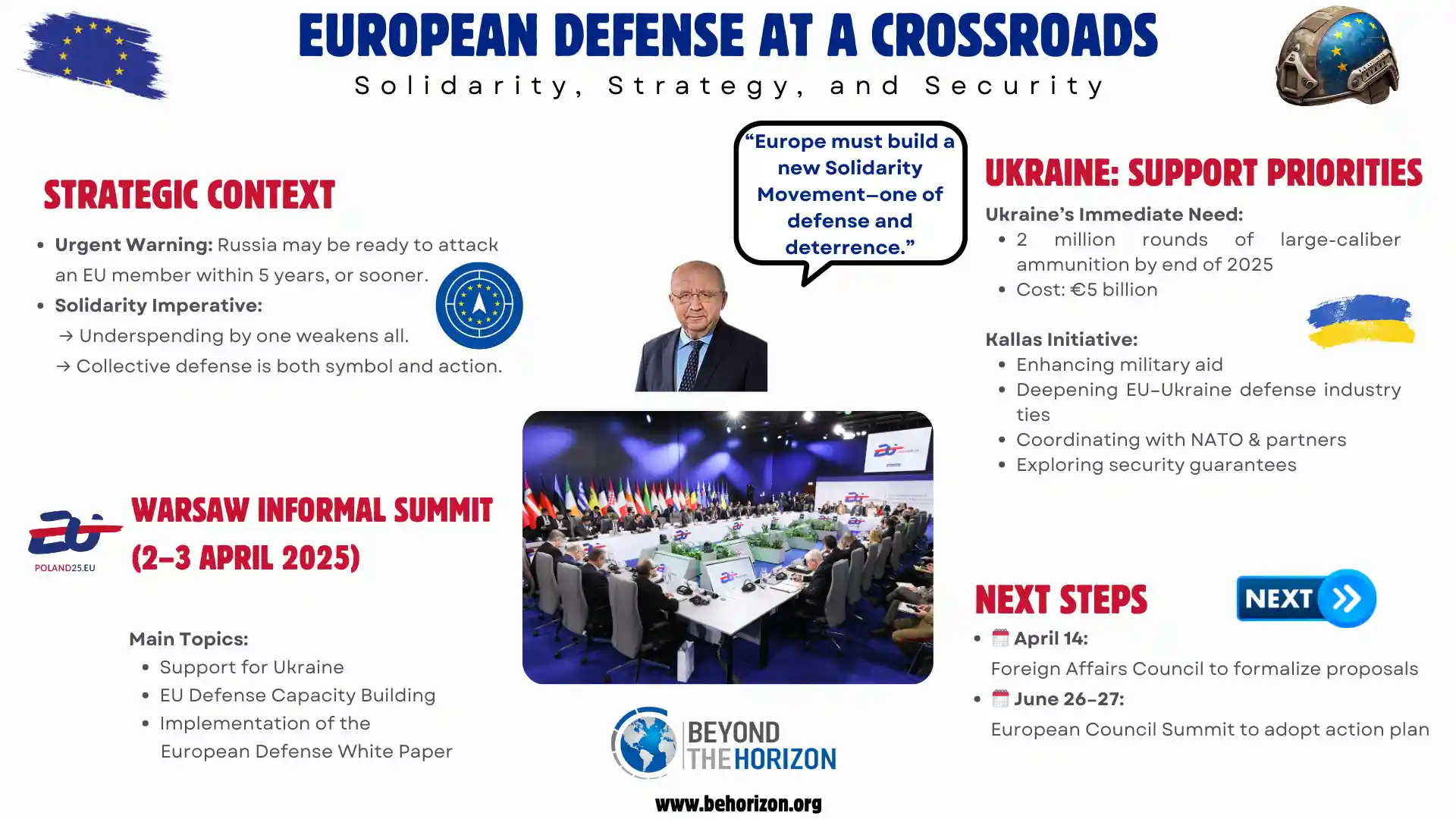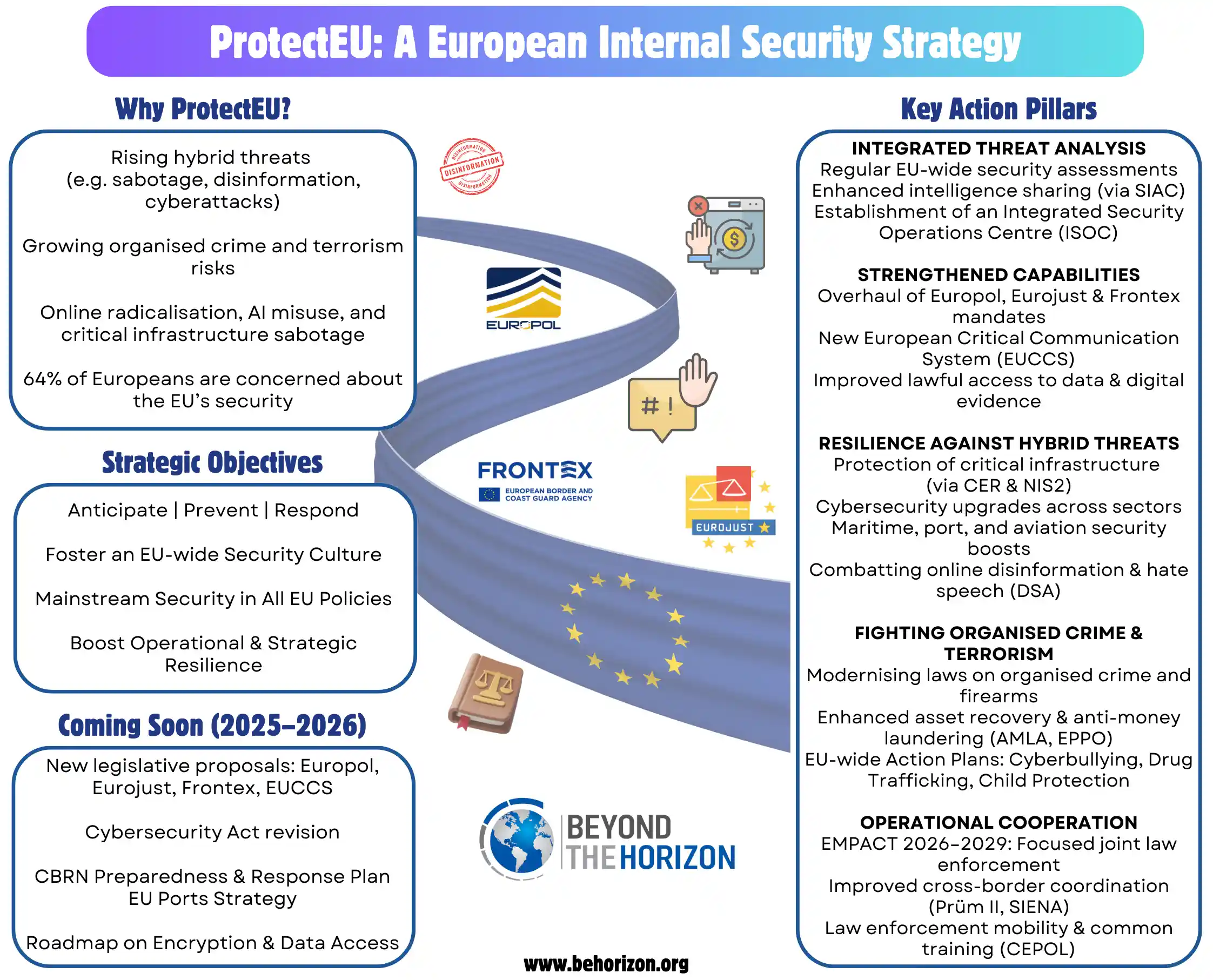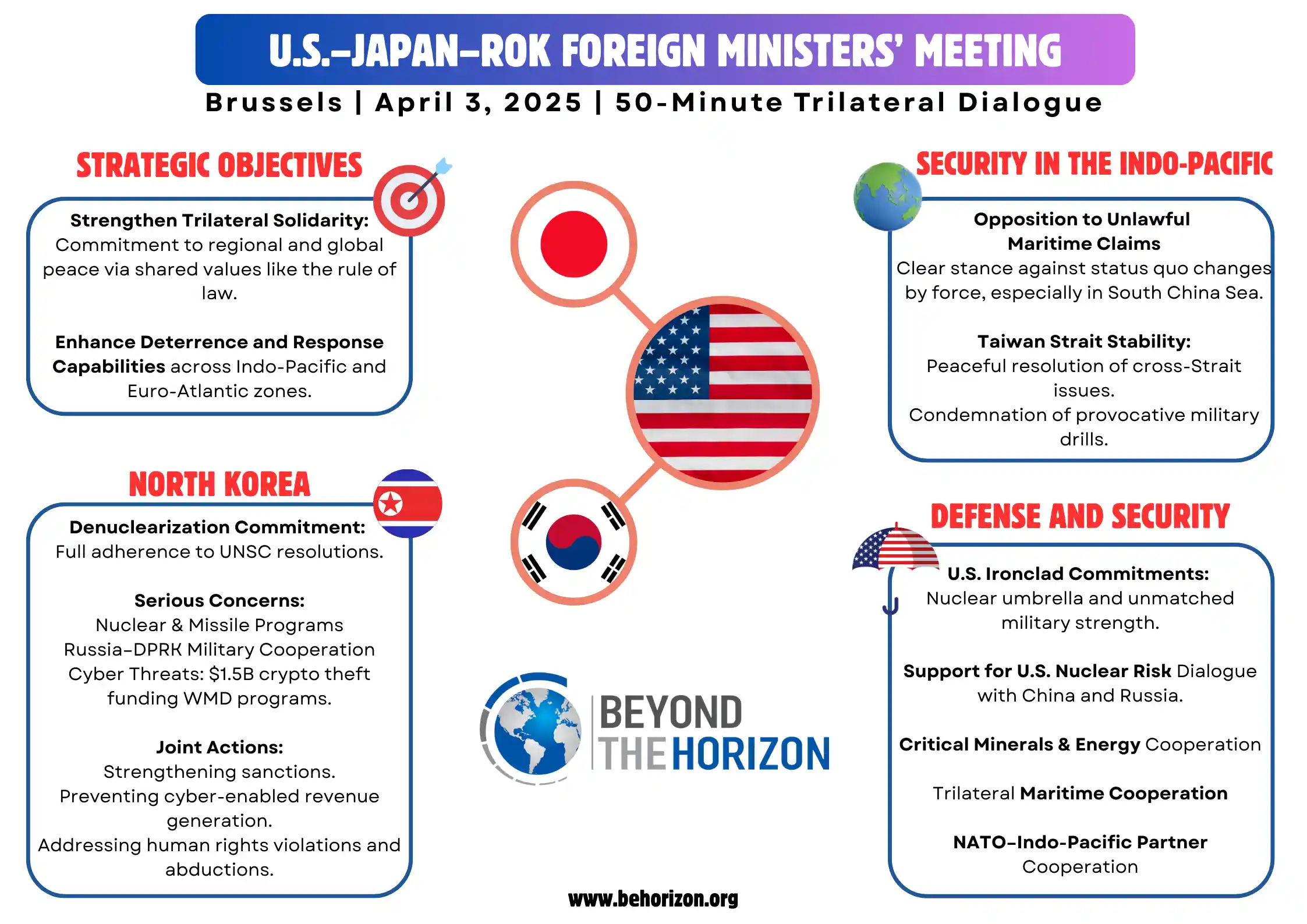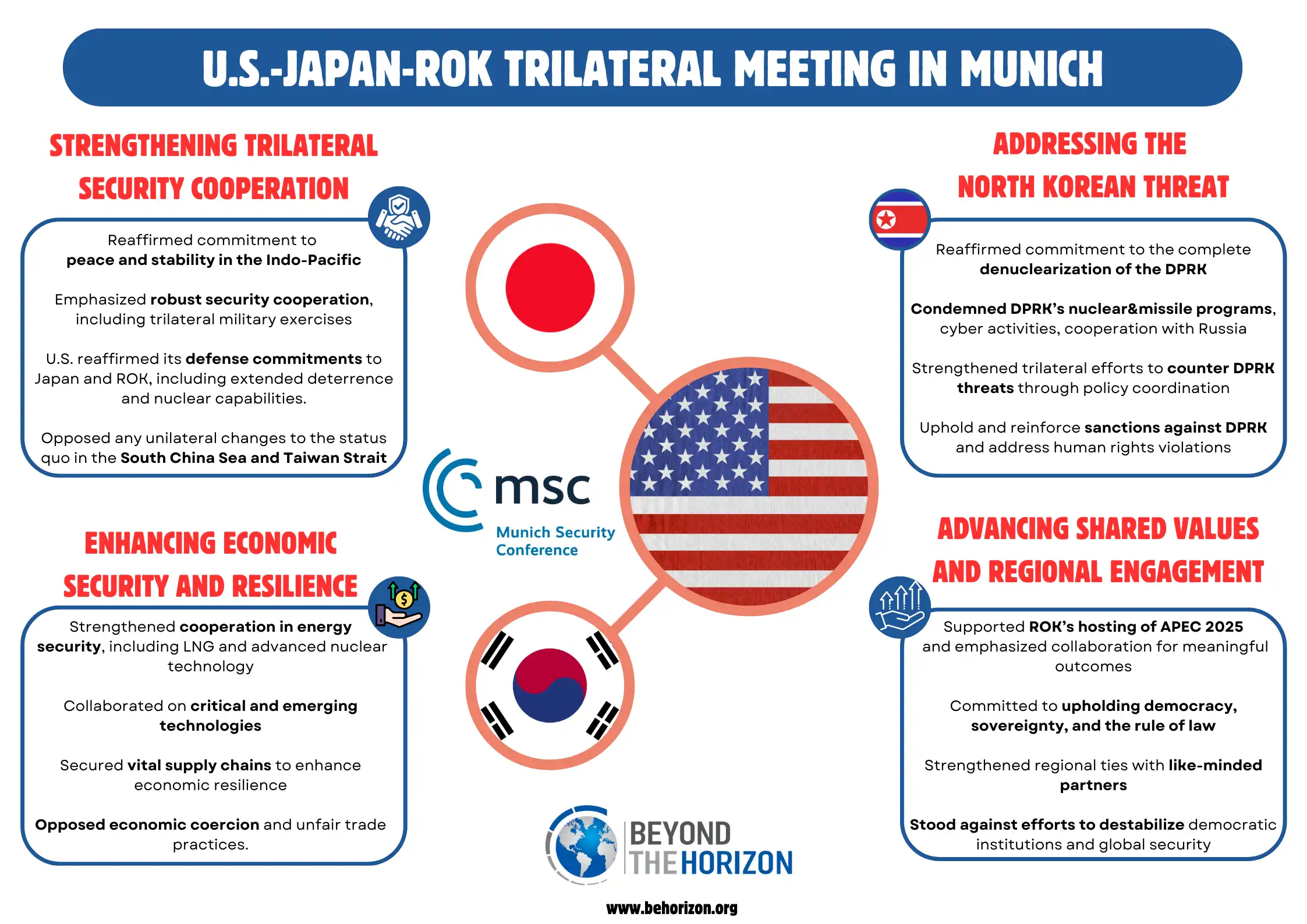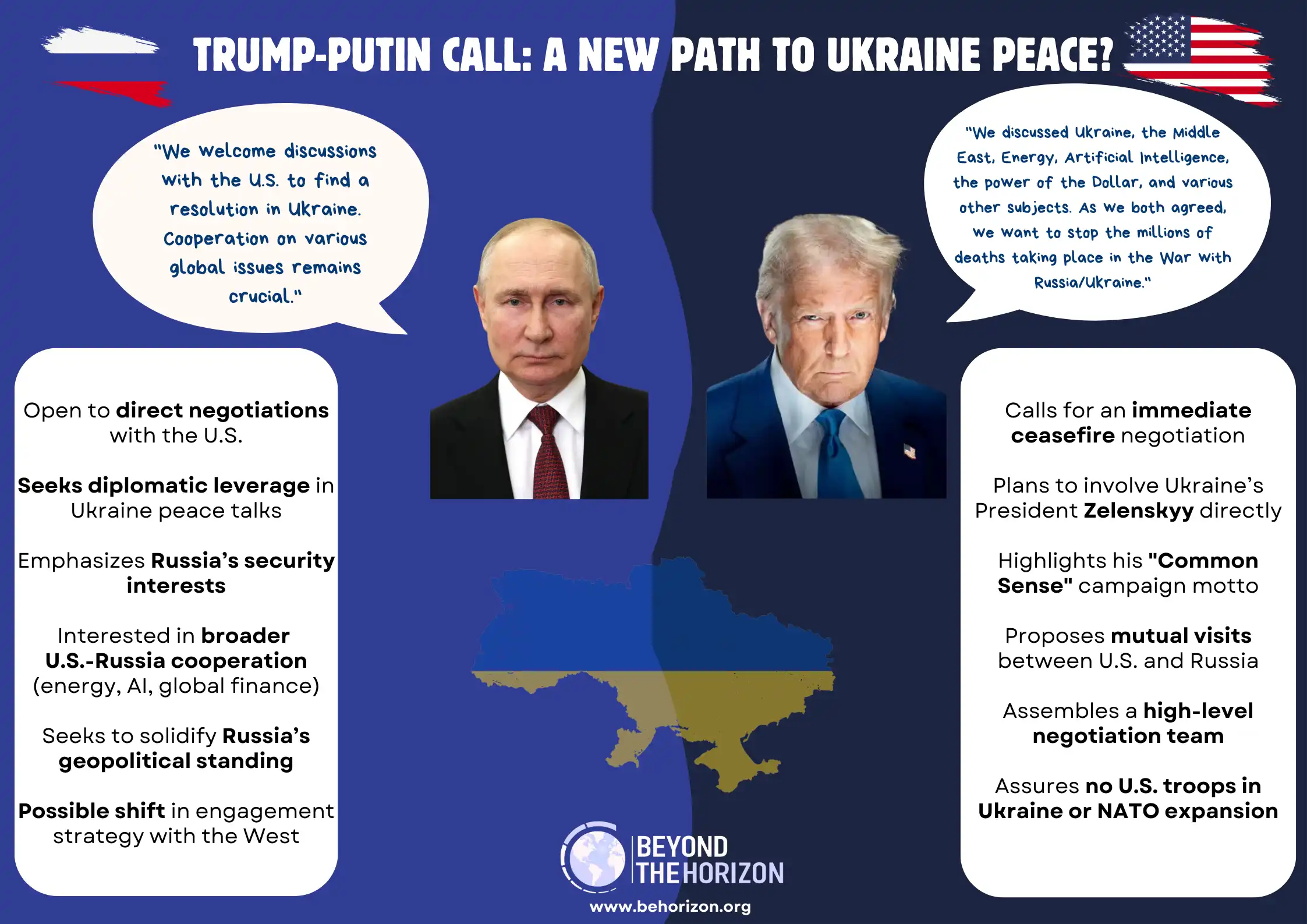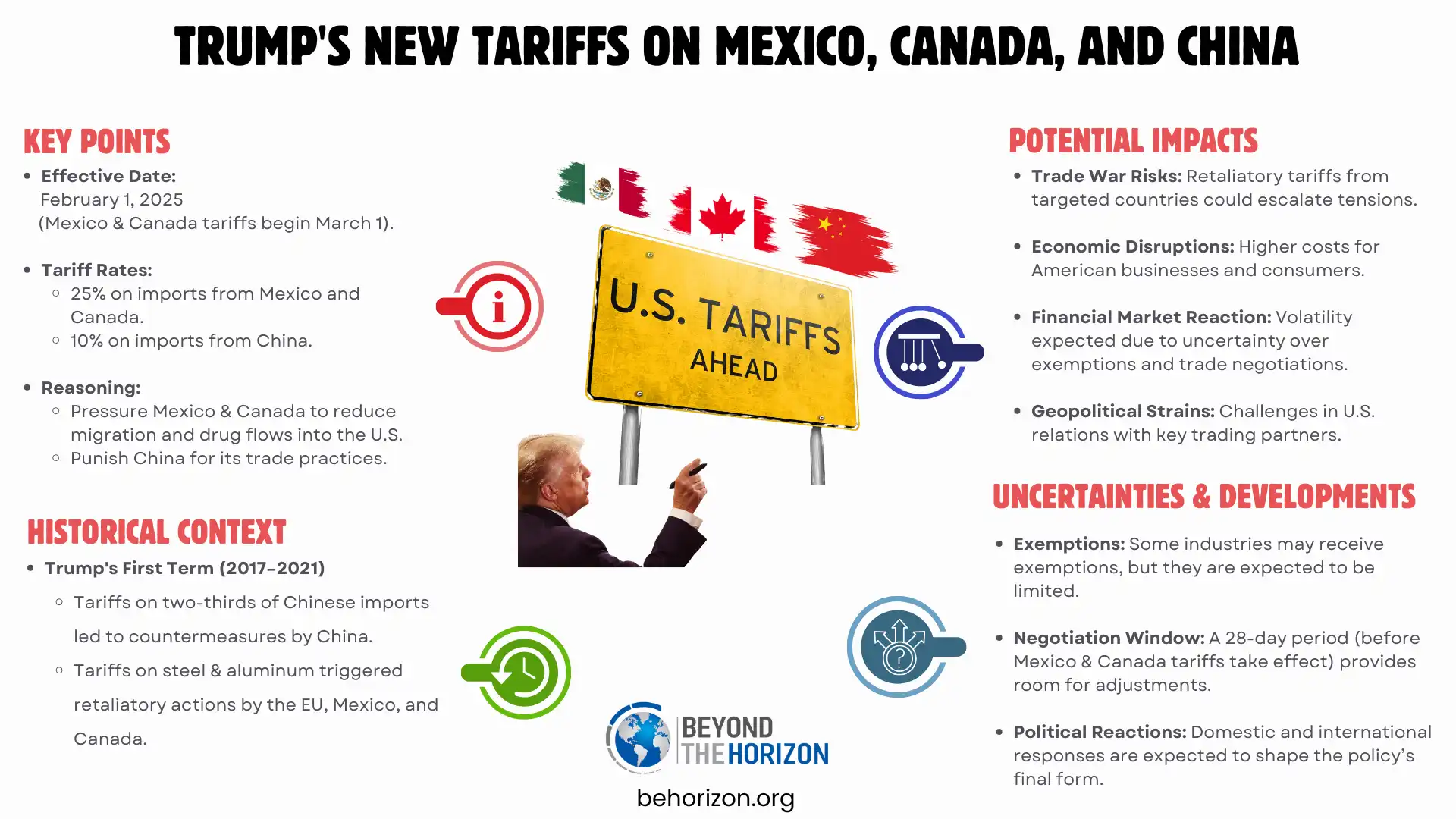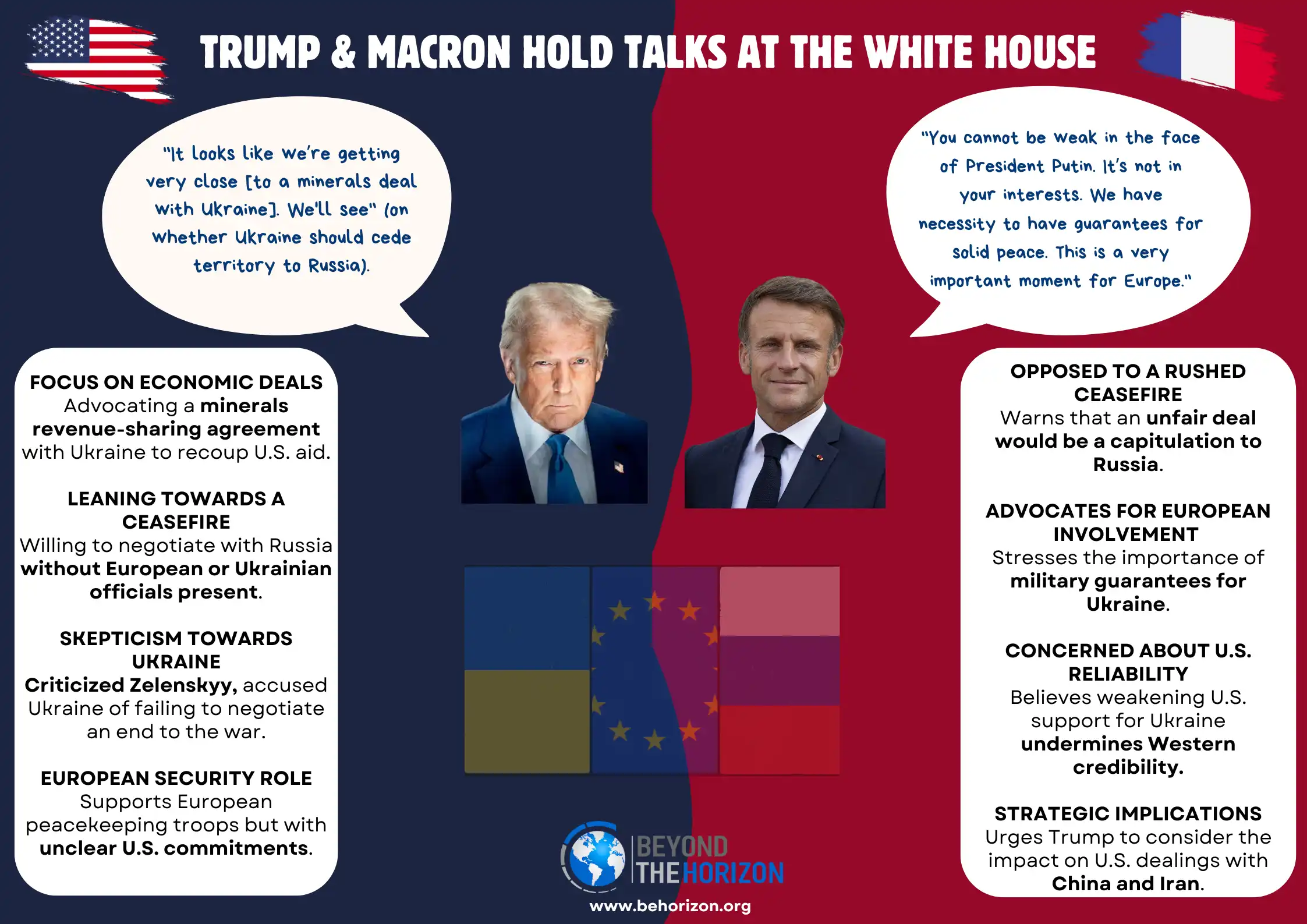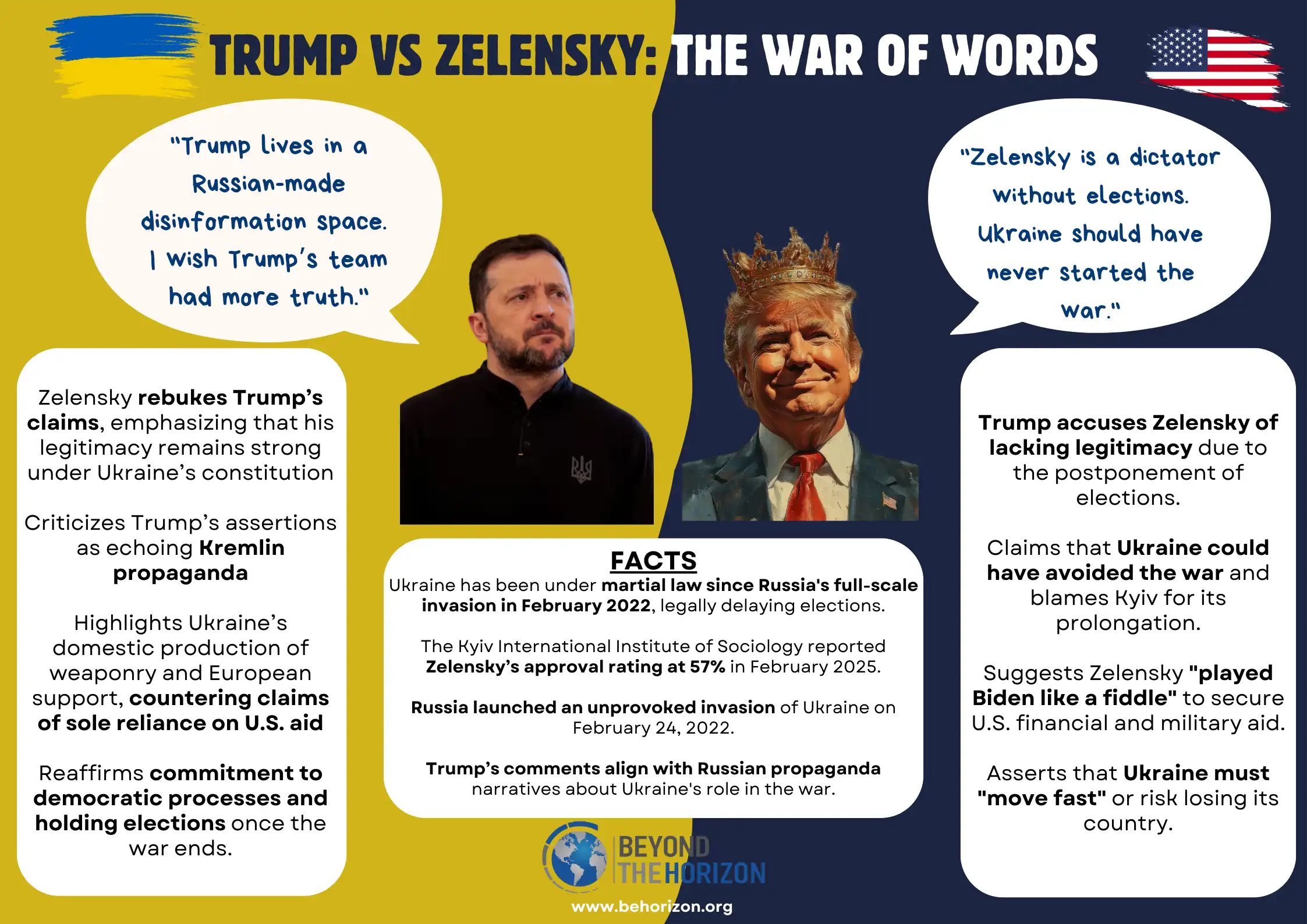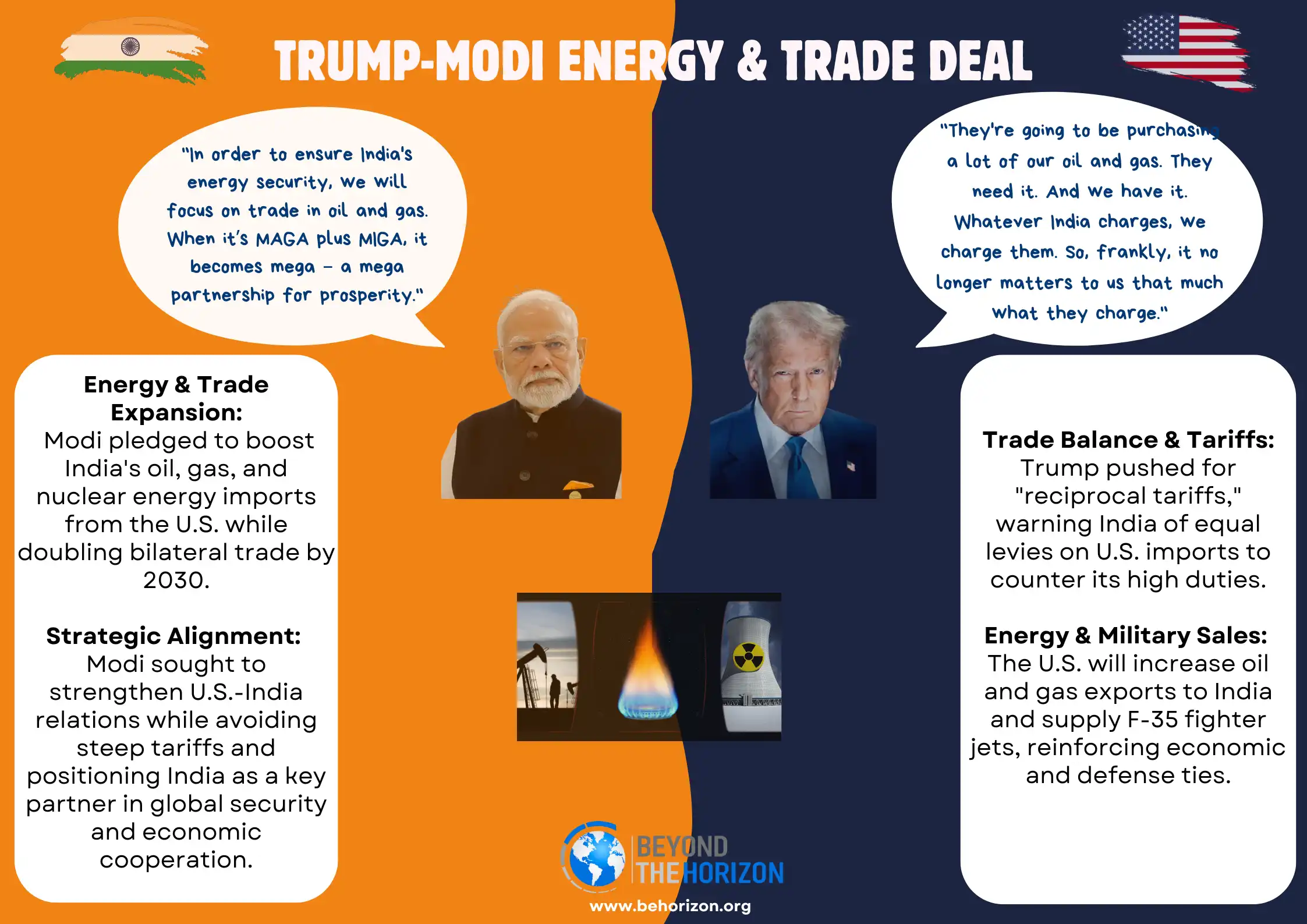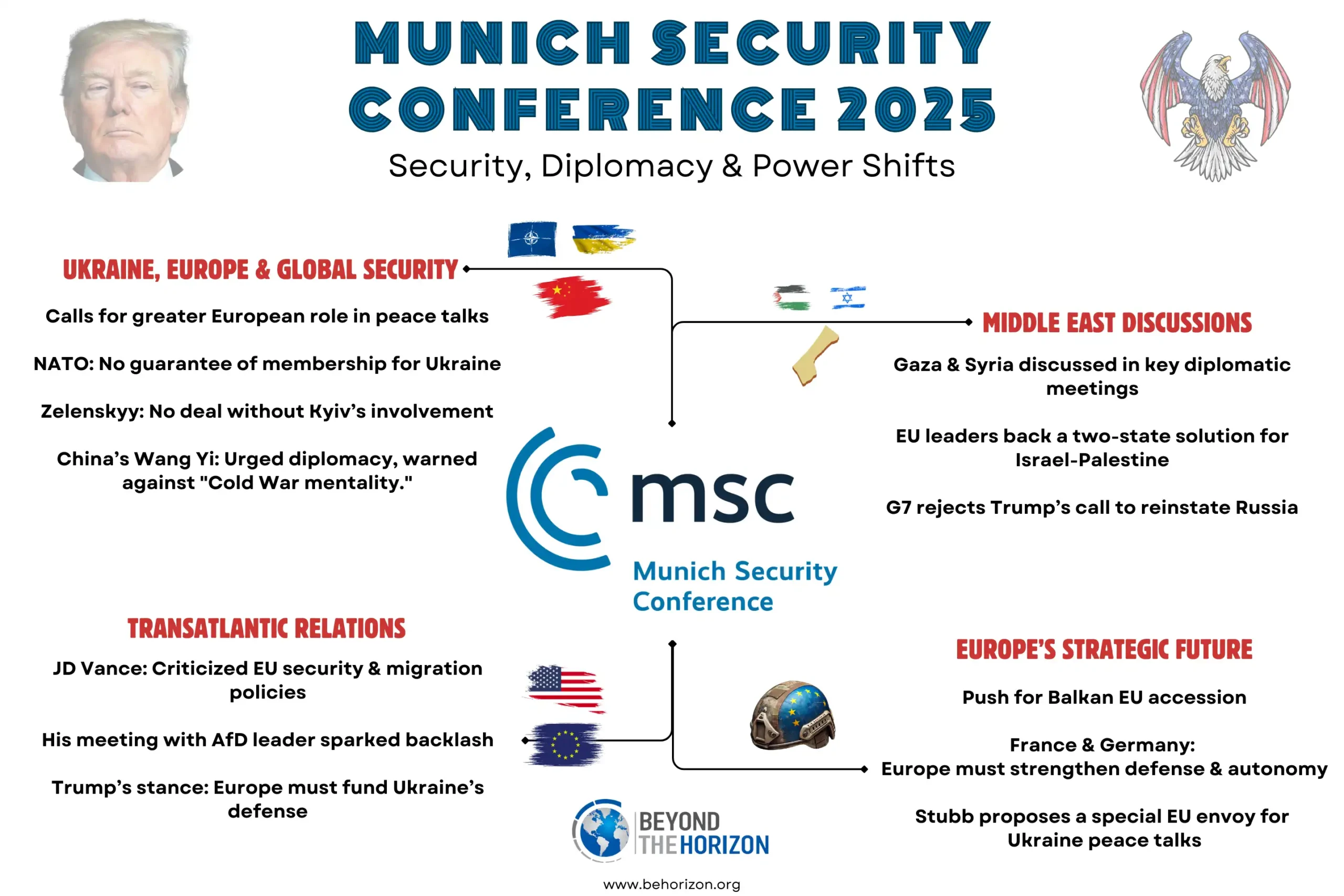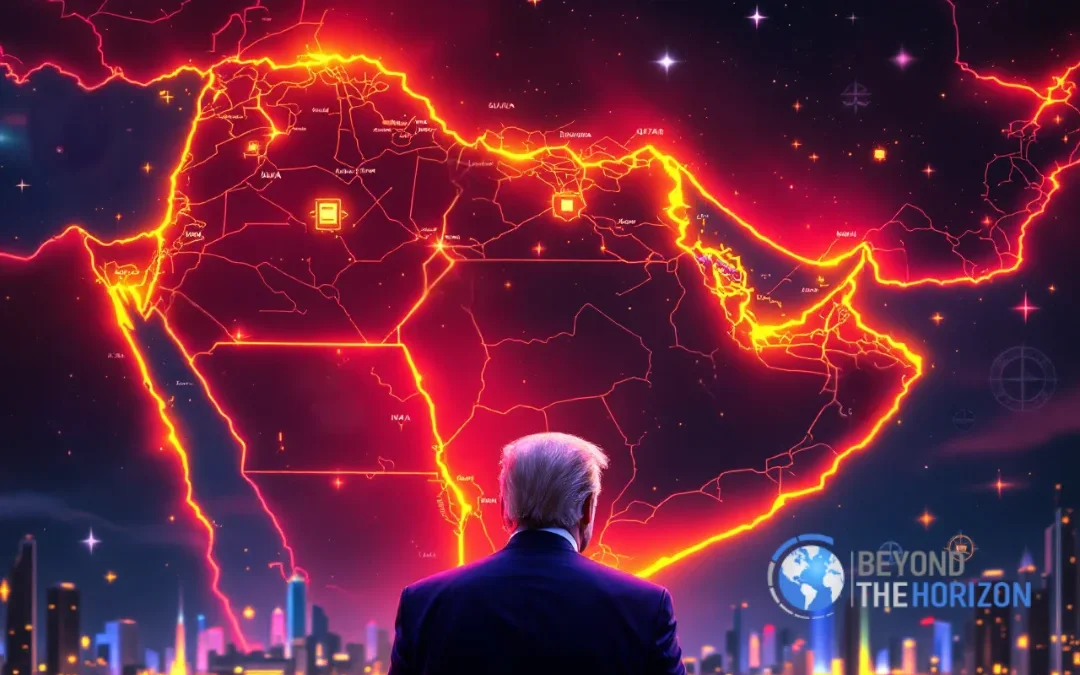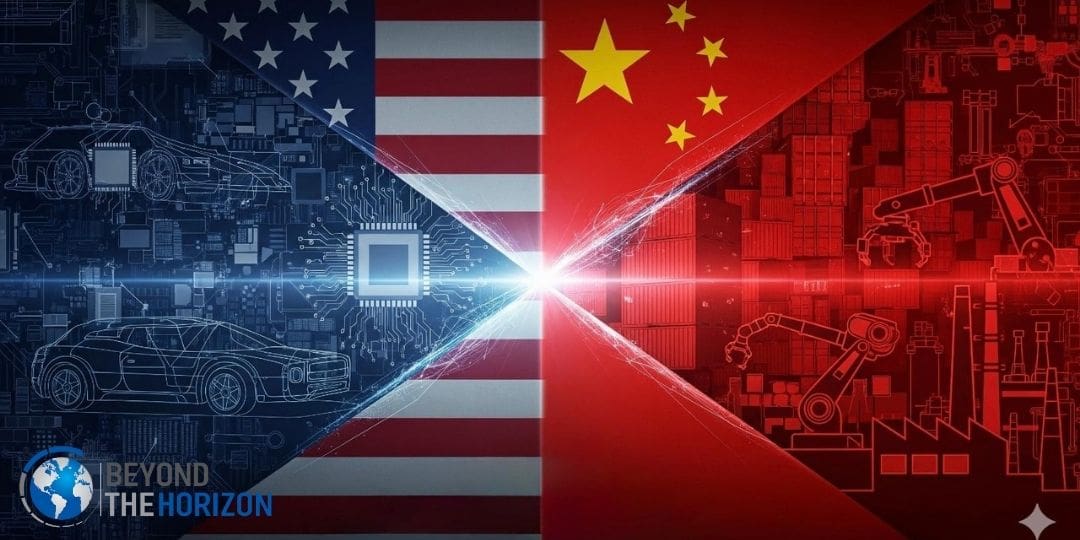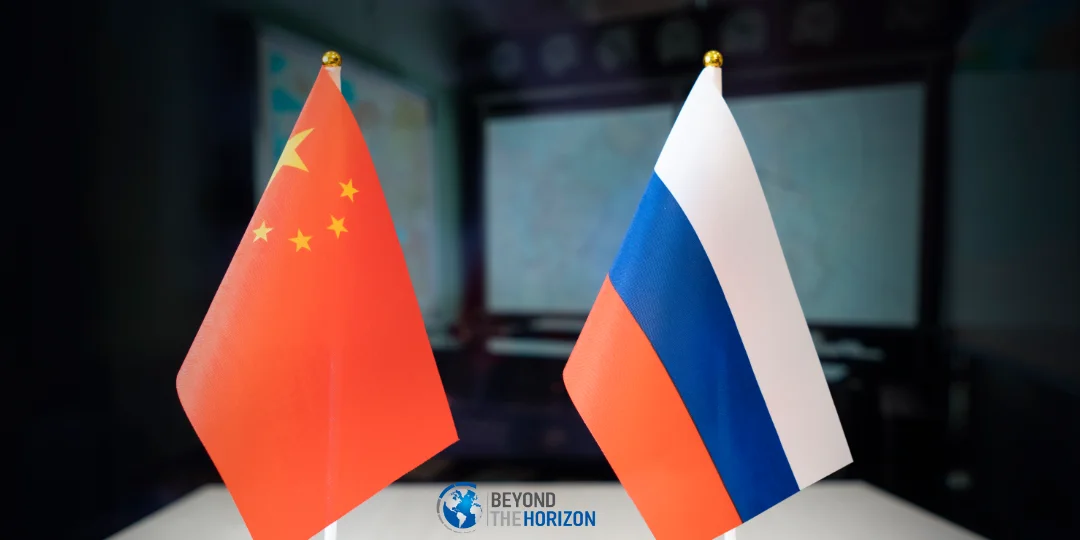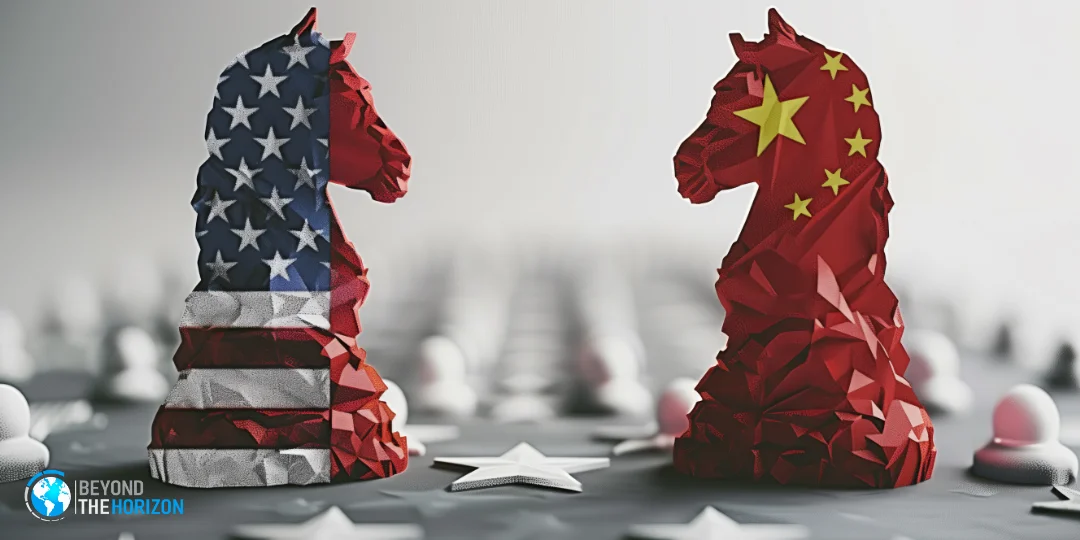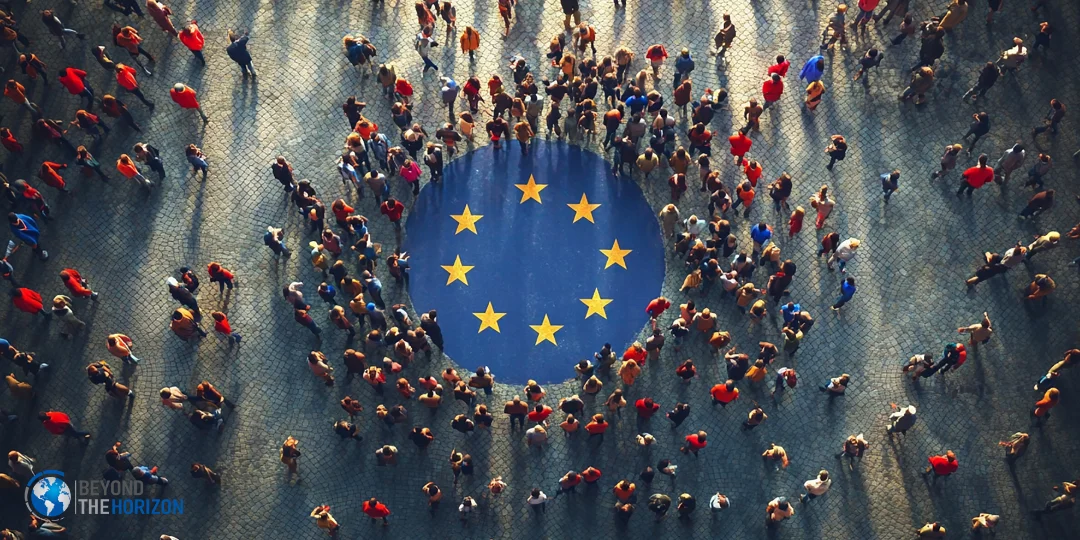Key Takeaways
- Historic Re-engagement: President Trump’s 2025 Middle East tour represented a significant U.S. re-engagement with key Gulf allies—Saudi Arabia, Qatar, and the UAE—focusing heavily on economic investment, security cooperation, and technological partnerships.
- Massive Economic and Defense Deals: The tour resulted in landmark deals, including Saudi Arabia’s $142 billion defense package and $600 billion economic investment pledge, Qatar Airways’ record-setting $96 billion Boeing order, and the UAE’s groundbreaking $1.4 trillion investment commitment to the U.S.
- Technological Shift: Agreements significantly advanced technology cooperation, notably the U.S. permitting UAE imports of 500,000 high-end Nvidia AI chips annually, potentially positioning the Gulf region as a third global hub for AI innovation alongside the U.S. and China.
- Strategic Realignments: Trump’s diplomatic efforts catalyzed pivotal geopolitical shifts, including lifting U.S. sanctions on Syria, promoting Arab-Israeli normalization, and nearing a new nuclear deal with Iran—reshaping regional alliances and dynamics.
- Ethical and Political Controversies: The proposed Qatari gift of a $400 million luxury jet triggered bipartisan concerns in the U.S. about ethics and conflicts of interest, highlighting risks associated with Trump’s transactional diplomatic style.
- Long-term Implications: The agreements and strategic shifts initiated during the tour could deeply intertwine U.S. economic and security interests with Gulf stability, significantly altering regional power dynamics and global technology competition for years to come.
Introduction
In May 2025, U.S. President Donald Trump embarked on a high-stakes Middle East tour – his first major international trip of his second term – with visits to Saudi Arabia, Qatar, and the United Arab Emirates (UAE). The tour was billed as a “historic return to the Middle East” focused on strengthening ties with Gulf allies and showcasing Trump’s deal-making on the world stage. Over four days, Trump courted massive investments into the United States and signed sweeping agreements spanning defense, energy, and cutting-edge technology. This report analyzes the key outcomes of the trip in each country, the major deals signed, and the broader geopolitical realignments at play – including new developments involving Syria, Israel, and Iran. It also examines reactions from U.S. political circles and international stakeholders, and assesses the potential long-term impacts on U.S. foreign policy, regional power dynamics, and global technology competition.
Saudi Arabia: Renewed Partnership and Mega-Deals
Trump’s first stop in Riyadh set an ambitious tone. He received a lavish royal welcome and met with Crown Prince Mohammed bin Salman (MBS), reaffirming a close personal rapport – “I really believe we like each other a lot,” Trump said of MBS. The two leaders signed a “strategic economic partnership” with an array of agreements and eye-popping figures. Chief among them was a new U.S.–Saudi defense agreement worth nearly $142 billion for “state-of-the-art warfighting equipment and services from over a dozen U.S. defense firms”. This arms package – spanning air and missile defense, border security, and more – underscored deepening military ties. Saudi Arabia also pledged a staggering $600 billion investment in the United States, which Trump touted as a job-creating boon for American industry. He even joked about raising the target to $1 trillion as the partnership grows.
Multiple memoranda of understanding (MoUs) and letters of intent were inked to institutionalize cooperation. These included agreements on modernizing Saudi Arabia’s armed forces, training and support for the Saudi National Guard, and closer collaboration between the Saudi Interior Ministry and the FBI. The countries’ energy ministries signed an MoU on cooperation in oil and gas, and there was even a NASA–Saudi Space Agency pact on a joint space weather project. In the economic and technology sphere, Saudi Arabia committed $20 billion toward artificial intelligence (AI) data centers and U.S. energy infrastructure, while a consortium of U.S. tech companies (including Google, Oracle, AMD and others) announced $80 billion in new tech investments across both countries. An investment forum in Riyadh drew American business titans like Elon Musk and OpenAI’s Sam Altman, signaling Saudi’s intent to transform into a tech and innovation hub with U.S. partnership.
Beyond the deals, Trump’s visit symbolically marked Saudi Arabia’s return to favor on the global stage. Just a few years earlier, the 2018 murder of journalist Jamal Khashoggi had left MBS ostracized in many Western circles. Now, images of Trump and MBS smiling and signing contracts were broadcast worldwide. Trump praised the young crown prince as “very wise, wise beyond his years” and called the visit an “honor”, cementing a personal bond that set the stage for the subsequent stops.
Qatar: Historic State Visit and Big-Ticket Agreements
Trump’s next stop was Qatar – the first-ever official state visit by a sitting U.S. president to the country. He arrived in Doha to great pomp: Qatari fighter jets escorted Air Force One, a red carpet welcome awaited on the tarmac, and an honor guard on horseback flanked his motorcade. Amid the pageantry, the U.S. and Qatar sealed a set of deals with enormous economic impact. The White House announced that Trump and Emir Sheikh Tamim bin Hamad Al Thani signed agreements worth at least $1.2 trillion in economic exchange. The centerpiece was a $96 billion contract for Qatar Airways to buy up to 210 Boeing wide-body jets – the largest wide-body aircraft order in Boeing’s history.
Qatar also agreed to substantial defense and security cooperation. Deals signed on the Doha stop included $42 billion in defense procurements – presumably purchases of U.S. military hardware – and a statement of intent to invest $38 billion to upgrade Qatar’s Al Udeid Air Base and other air defense capabilities. Al Udeid hosts the largest U.S. military installation in the region; Qatar’s pledge of $10 billion specifically for expanding and improving the base was highlighted as part of the deal. Such an investment in U.S. military infrastructure by a host nation is unusual and underscores Doha’s desire to cement the American presence for the long term.
While in Doha, Trump continued high-level diplomacy initiated in Riyadh. He used the Qatar visit to declare the U.S. was “very close” to securing a new nuclear deal with Iran, saying Tehran had “sort of agreed” to terms on a pact to curb its nuclear program. Additionally, following up on his Riyadh announcement, U.S., Turkish, and Syrian officials in Doha began mapping out details of lifting U.S. sanctions on Syria after that country’s regime change. All these moves positioned Qatar – which often serves as a regional mediator – as an important venue for U.S. diplomacy on Iran and Syria.
Despite the lucrative deals and diplomatic strides, Trump’s Qatar visit was clouded by a domestic controversy over ethics. In the days before his arrival, news broke that the Qatari royal family planned to gift the U.S. a $400 million Boeing 747-8 jet for use as a future Air Force One – a “palace in the sky” luxury aircraft for the president. Trump openly welcomed the offer, calling the plane a “GIFT, FREE OF CHARGE” on social media and saying “Only a FOOL would not accept this gift on behalf of our Country”. However, critics noted this would be one of the largest foreign gifts ever to a U.S. president and warned of legal and ethical concerns under the Constitution’s Emoluments Clause, which bars acceptance of foreign gifts without Congress’s consent. Ultimately, during Trump’s meetings with Emir Al Thani, the mooted jet gift was not mentioned and its fate remains unclear.
United Arab Emirates: Tech-Focused Alliance and Investment Pledge
The final leg in Abu Dhabi highlighted an emerging U.S.–UAE alignment in advanced technology and investment. Meeting with UAE President Sheikh Mohamed bin Zayed Al Nahyan (MBZ) on May 15, Trump vowed that bilateral relations would “only get bigger and better”. Central to this vision is the UAE’s ambition to become a global leader in artificial intelligence – and the U.S. willingness to help. The U.S. agreed in principle to allow the UAE to import up to 500,000 of Nvidia’s most advanced AI chips per year starting in 2025. This preliminary deal would massively boost the UAE’s capacity to build AI supercomputing data centers, a foundation for developing cutting-edge AI models. It marks a significant loosening of export controls – these high-end semiconductors were previously restricted under strict oversight due to concerns they could be re-exported to adversaries like China. Indeed, some U.S. national security officials have voiced concern about the UAE deal, and its terms could yet be adjusted. To address such issues, Washington and Abu Dhabi finalized a technology security framework agreement committing both sides to safeguards on sensitive tech.
Defense and investment initiatives were also on the agenda. Just ahead of Trump’s trip, Washington approved a $1.4 billion weapons sale to the UAE, which was expected to include advanced munitions and support services. While modest in size compared to the Saudi arms deal, it reinforced the message of U.S. security commitment to the Emirates. On the economic front, MBZ made a headline-grabbing announcement: the UAE will invest $1.4 trillion in the United States over the next decade. This astronomical pledge, revealed during Trump’s visit, spans sectors like technology, AI, and energy, and reflects the UAE’s confidence in the U.S. as a key partner for its wealth.
Shifting Regional Alignments: Syria, Israel, and Iran
Beyond the bilateral deals, Trump’s tour catalyzed significant geopolitical realignments in the Middle East. In Riyadh, he attended a Gulf Cooperation Council summit and took the most extraordinary meeting of the trip – a sideline encounter with Syria’s new president, Ahmed al-Sharaa. This brief meeting, brokered by Saudi Arabia and attended by MBS (with Türkiye’s President Erdoğan joining by phone), was the first face-to-face contact between U.S. and Syrian leaders in nearly 25 years. It came on the heels of Trump’s announcement that the United States would lift all sanctions on Syria, a “massive breakthrough” that Syrian officials hailed as granting their war-torn economy a desperately needed reprieve. The Riyadh encounter – the first time an American president has ever met a Syrian Islamist leader – signaled a dramatic U.S. policy shift. Trump told al-Sharaa he has “a tremendous opportunity to do something historic in his country” and urged him to expel all “foreign terrorists” from Syria and normalize relations with Israel.
The trip’s timing was also framed by the aftermath of the 2024 Israel–Gaza war, which was a topic of discussion in Trump’s meeting with MBS. The Gaza conflict had temporarily strained Israel’s relations with Gulf states, stalling earlier momentum toward Saudi–Israel normalization. While in Riyadh, Trump and MBS “discussed everything from the war in Gaza [to] Iran’s nuclear program”, showing that the Palestinian issue and Iran remained entwined with regional diplomacy. By urging the new Syrian leadership to make peace with Israel, Trump signaled an intent to revive and broaden the Abraham Accords -style peace deals despite recent tensions. The UAE had already normalized relations with Israel in 2020, and Bahrain and others followed suit, but Saudi Arabia and Qatar have not (and Syria has technically been in a state of war with Israel). A U.S.-brokered Syrian recognition of Israel would be groundbreaking – potentially easing Israel’s security concerns on its northern front now that Assad (an Iran ally) is gone. It could also pressure other holdouts to eventually come to the table.
Another strategic thread was Iran. Trump’s revelation in Qatar that a new nuclear deal with Iran was near completion drew intense interest. Gulf leaders, who fear Iran’s nuclear and missile programs, likely welcomed news of a tighter agreement. Trump indicated Tehran had “sort of” agreed – suggesting negotiations had advanced significantly. If finalized, such a deal could reduce the risk of war in the Gulf, reassure oil markets, and complement the U.S. strategy of arming Iran’s neighbors to counter Tehran’s influence. However, it might also alarm Israel’s government, which has historically opposed anything short of Iran’s complete disarmament. Israeli officials were not directly part of the Gulf trip discussions; yet developments with Syria and Iran inevitably affect Israel’s security calculus. Trump claimed his pressure campaign was forcing Iran into a better agreement – “we want to do the right thing”, he said about saving lives – but he also maintained a hard line on Iran’s regional proxies. For example, he urged Syria to expel “Palestinian terrorists” (an allusion to groups like Hamas or Islamic Jihad that Iran supports) from its territory.
In summary, Trump’s 2025 Middle East tour not only shored up bilateral U.S. ties with Saudi, Qatar, and the UAE; it also repositioned the U.S. within the region’s evolving power structure. By embracing a post-Assad Syria, inching toward a détente with Iran, and encouraging Arab-Israeli reconciliation (even as the dust from Gaza settled), the U.S. appeared to be crafting a new alignment. This emerging landscape envisions the Sunni Arab states (plus Israel) as a united bloc against extremism and Iranian influence, with America as the indispensable partner. It’s an ambitious gambit rife with opportunities for peace and commerce, but also fraught with historical enmities and delicate trade-offs that will need careful navigation.
Conclusion: Long-Term Impacts and Strategic Implications
President Trump’s 2025 Middle East tour could prove to be a watershed moment reshaping U.S. foreign policy and the regional order for years to come. For U.S. policy, the trip signaled a decisive pivot back to the Middle East as a top priority, reversing the prior administration’s more arms-length stance. Trump re-engaged traditional partners with an emphasis on personal diplomacy and economic quid pro quo – essentially, “invest in America and we’ll invest in you.”The colossal investment pledges (Saudi’s $600 billion, UAE’s $1.4 trillion) if fulfilled will intertwine the U.S. economy with the Gulf as never before, potentially creating millions of American jobs and binding Washington’s interest to the stability of those monarchies. In exchange, the U.S. is providing security guarantees and preferential access to its most advanced technology. This bargain revitalizes a Pax Americana in the Gulf: U.S. military might and tech for Gulf wealth and strategic alignment. Future U.S. administrations will likely find it difficult to disentangle from these commitments. Even a president less inclined to coddle autocrats would have to weigh the economic stakes and security partnerships now in place. Congress, too, will be drawn into sustaining or overseeing elements like the Syria sanctions rollback and the Iran deal – areas where bipartisan consensus will be needed to lock in Trump’s policy shifts.
Regionally, the long-term impacts revolve around power dynamics and alliances. The massive arms transfers to Saudi Arabia, Qatar, and the UAE will dramatically increase their military capabilities over the next decade. This could deter common adversaries – chiefly Iran or extremist groups – and encourage a balance of power where the Gulf states take more responsibility for regional security (a key U.S. goal). However, an arms race is a double-edged sword: Iran may respond by expanding its own arsenal or turning more to Russia and China for advanced weapons. Moreover, as Gulf militaries grow more potent, intra-regional rivalries could resurface if not carefully managed. (For instance, Saudi Arabia and Qatar only recently mended a rift in 2021; a heavily armed Qatar is one reason Saudi and the UAE once blockaded it.) The hope is that shared interests against Iran and economic interdependence with the U.S. will keep the Gulf partners unified. The inclusion of a post-war Syria into this Arab fold, and potentially a normalization with Israel, would further solidify a “strategic Sunni axis” that could stabilize the Levant. But integrating an Islamist-led Syria is not without risks – its leadership’s jihadist pedigree could lead to internal strife or human rights issues that test its legitimacy and relations with secular neighbors. If Syria indeed normalizes with Israel as Trump urged, that would be a historic realignment ending decades of enmity, likely easing Israel’s security concerns and opening the door for Israel to cooperate openly with a wider Arab coalition. The Palestinians might find themselves marginalized, unless parallel efforts address their political status – a challenge that remains unresolved after the Gaza war.
One of the most profound implications of the tour is in the realm of technology and great-power competition. By green-lighting the export of cutting-edge AI chips and partnering on AI development with the UAE (and encouraging Saudi’s AI investments), the U.S. is effectively helping to stand up a third major hub of AI innovation centered in the Gulf. If all the proposed chip and AI initiatives come to fruition, the region would become a third power centre in global AI competition after the United States and China. This has several consequences. In positive terms, it knits the Gulf states firmly into the U.S.-led tech ecosystem, potentially drawing them away from Chinese 5G or AI systems and ensuring Western standards influence their tech infrastructure. Joint ventures and research exchanges (like those involving Google, Oracle, and others in Saudi Arabia) could accelerate innovation and market growth for U.S. companies. On the other hand, exporting advanced AI hardware to authoritarian governments raises ethical and security concerns. The Biden administration had previously worried that high-end chips sent to the Middle East could be diverted to China or misused. Trump’s bet is that binding agreements and close monitoring will prevent that, but enforcement will be key. Additionally, empowering Gulf regimes with powerful surveillance and AI tools might enable domestic repression or invasive monitoring of citizens, potentially conflicting with human rights values. Future U.S. policymakers will have to grapple with whether the strategic benefits outweigh the risks of an AI-empowered Gulf. It’s a calculated gamble to secure allies’ loyalty through tech-sharing while trying to outpace China’s influence.
There are also long-term economic implications. The Boeing mega-deal with Qatar, for example, will support tens of thousands of U.S. aerospace jobs for years. The various infrastructure and energy projects, from Saudi investment in U.S. energy to Qatar’s funding of military base upgrades, all translate into sizable contracts for American firms. Over a decade or more, the trillions pledged could stimulate growth and innovation – essentially recycling petrodollars into the U.S. economy. This could be a win-win, but it also intertwines U.S. fortunes with Gulf stability. Should oil prices crash or political upheaval occur in Riyadh or Abu Dhabi, those promised investments might not materialize, with ripple effects on the U.S. side. Likewise, if U.S. domestic politics sour on close ties to Gulf autocrats (due to human rights or partisan shifts), there could be pushback on aspects of these arrangements, injecting uncertainty into long-term projects.
In conclusion, President Trump’s 2025 Middle East tour yielded major short-term wins – huge contracts, restored alliances, and headline-grabbing diplomatic breakthroughs – while setting in motion complex long-term dynamics. It represented a definitive U.S. re-engagement with a region where great-power competitors were making inroads. The agreements forged across defense, energy, and technology sectors promise to deepen U.S. influence and economic gains in the Gulf. Strategically, the U.S. positioned itself at the center of a new alignment that could potentially isolate Iran, end Syria’s pariah status, and even advance Arab-Israeli peace. Yet these opportunities come with equally significant risks and uncertainties: ethical quandaries over foreign gifts and favoritism, the challenge of ensuring advanced tech isn’t misused or proliferated, and the unpredictability of Middle Eastern geopolitics (where yesteryear’s foe can become today’s friend, and vice versa). The success of this bold diplomatic gambit will ultimately be judged in the coming years. Will the promised investments flow and transform economies? Will the peace overtures hold and lead to lasting conflict resolution? And can the U.S. maintain a principled leadership role while embracing transactional deal-making? What’s clear is that the 2025 Trump Middle East tour has already redefined expectations and recalibrated relationships – setting the stage for a new chapter in U.S.–Middle East relations whose full impact will unfold long after the ink on the deals has dried.
Related Infographics




